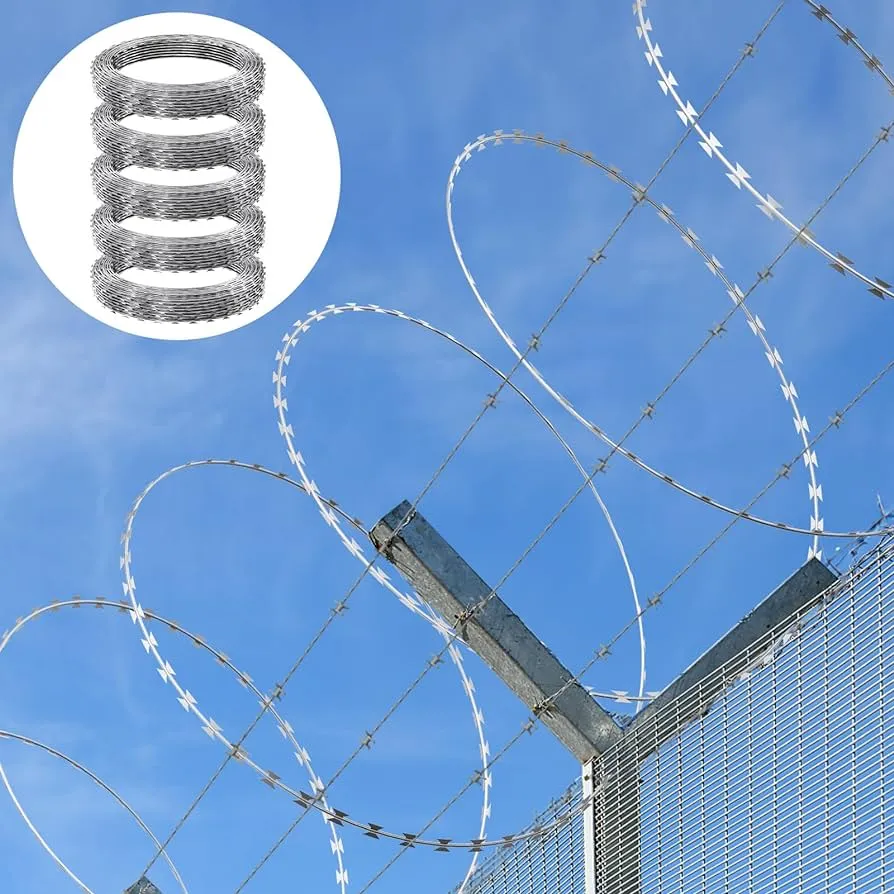Creating a Chicken Wire Fence Manufacturing Business Guide for Beginners
Building a Chicken Wire Fence The Ultimate Guide for Manufacturers
In the world of poultry farming, providing the right environment and safety for chickens is paramount. One of the most effective ways to achieve this is by constructing a robust chicken wire fence. This article aims to guide manufacturers on the essentials of producing high-quality chicken wire fences, addressing key considerations, materials, and the manufacturing process.
Understanding Chicken Wire
Chicken wire, also known as poultry netting or hex wire, is a fencing material made from thin, flexible wire woven into a hexagonal pattern. It is primarily designed to keep chickens safe from predators while allowing fresh air and light to penetrate. When manufacturing chicken wire, it's important to consider its application and ensure durability, ease of installation, and resistance to rust and corrosion.
Key Considerations for Manufacturing
1. Material Selection The primary materials used in chicken wire production are galvanized steel and stainless steel. Galvanized steel is commonly favored for its balance of cost-effectiveness and durability. It undergoes a galvanization process to prevent rust and corrosion, thus extending its lifespan. Stainless steel, while more expensive, offers superior resistance to rust and is ideal for areas with high humidity or salt exposure.
2. Wire Gauge The thickness of the wire is measurement critical in determining the strength and durability of the fence. For chicken wire, a gauge range of 14 to 19 is standard, with lower numbers indicating thicker wire. Manufacturers must select the appropriate gauge based on the intended use, as thicker wires provide greater strength and resistance to animal attacks.
3. Mesh Size The size of the hexagonal openings in the wire also impacts the functionality of the fence. Smaller openings (around 1 inch or less) are preferable for keeping chicks contained and preventing larger predators from getting access. It's essential to standardize mesh sizes based on market demand while ensuring compliance with agricultural regulations.
4. Coating Options To enhance the longevity of the product, manufacturers might consider adding protective coatings. Polyvinyl chloride (PVC) coated chicken wire is gaining popularity because it provides a layer of protection against environmental factors like UV rays, moisture, and physical wear and tear. This coating also allows for a variety of colors, which can appeal to design-conscious customers.
building a chicken wire fence manufacturer

The Manufacturing Process
The process of manufacturing chicken wire involves several steps
1. Wire Production Initially, raw steel wire is produced through wire drawing. The wire is drawn through die molds to achieve the required diameter and is then wound onto spools.
2. Galvanization For galvanized wire, the spools of wire undergo a galvanization process, where they are submerged in molten zinc to create a protective layer. This step is crucial for ensuring that the wire can withstand outdoor conditions.
3. Weaving The next step involves weaving the wire into a hexagonal mesh pattern. This can be accomplished using specialized weaving machines that automate the process, ensuring consistency in size and shape.
4. Cutting and Finishing Once woven, the rolls of chicken wire are cut to the desired lengths and subjected to finishing processes. This can include the application of PVC coating, as well as quality checks to eliminate defects.
5. Packaging and Distribution Finally, the finished chicken wire is packaged and prepared for distribution. Manufacturers should consider eco-friendly packaging options to appeal to a growing segment of environmentally conscious consumers.
Conclusion
For manufacturers aiming to produce effective chicken wire fences, understanding the materials, construction methods, and market demands is essential. By focusing on quality and durability, manufacturers can design products that not only safeguard poultry but also meet the expectations of modern farmers. With the right approaches, producing chicken wire fencing can lead to success in a growing agricultural sector.
-
The Durability and Versatility of Steel Wire
NewsJun.26,2025
-
The Best Iron Nails for Your Construction Projects
NewsJun.26,2025
-
Strengthen Your Projects with Durable Metal Stakes
NewsJun.26,2025
-
Get the Job Done Right with Duplex Nails
NewsJun.26,2025
-
Explore the Versatility and Strength of Metal Mesh
NewsJun.26,2025
-
Enhance Your Security with Razor Wire
NewsJun.26,2025














